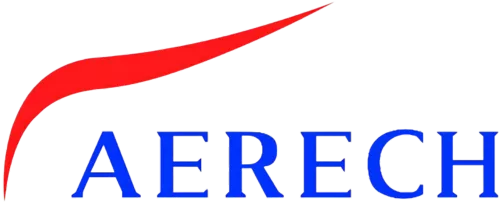Overcoming Challenges and Advantages of 100G Optical Module Solutions for Metro Networks
In the realm of rapidly advancing communication networks, the demand for enhanced bandwidth and higher speeds is a constant. Upgrading existing metro networks to transmit at 100G presents a set of distinct challenges that require strategic solutions. Let’s delve into these challenges and explore the key benefits of 100G optical module solutions tailored for metro networks.
Challenges
1. Complex Environmental Climate: Metro networks often operate in diverse and challenging environments. Sites A and B might be situated in marginal areas with specific environmental hurdles, such as air pollution. Overcoming these complexities is crucial to ensure uninterrupted network performance.
2. Transmission Margin Requirements: The fiber optic cables laid during the 10G era might have aged over time, leading to potential link loss. Meeting transmission margin requirements is essential to maintain data integrity and minimize signal degradation.
3. Compatibility Requirements: Deploying high-speed equipment in different machine rooms (A and B) introduces compatibility challenges. Ensuring seamless integration of products becomes vital for optimal network functionality.
Key Benefits
1. Strong Environmental Adaptability: To combat adverse environmental conditions, 100G optical modules are encapsulated with hermetic packaging. This design choice enables them to withstand the impact of long-term air pollution and operate reliably in challenging environments over extended periods.
2. High Transmission Margin: Leveraging EML (Electro-Absorption Modulated Laser) technology, 100G optical modules offer improved transmission performance. This enhancement compensates for potential cable link loss commonly observed in older 10G networks. As a result, smooth and efficient 10G to 100G network upgrades become achievable.
3. Compatibility Assurance: 100G optical module solutions ensure compatibility with various high-speed equipment brands, including industry leaders like Cisco and Juniper. What’s more, these solutions empower flexibility by enabling module reconfiguration and reuse through the FS BOX platform. This approach not only promotes cost savings but also facilitates seamless integration into diverse network ecosystems.
In conclusion, the journey toward enhancing metro networks with 100G optical module solutions presents both challenges and remarkable advantages. By addressing environmental complexities, transmission margin requirements, and compatibility concerns, these solutions empower networks to thrive in the era of high-speed communication. The robust adaptability, improved transmission performance, and compatibility assurance offered by 100G optical modules redefine the possibilities for metro network optimization.



